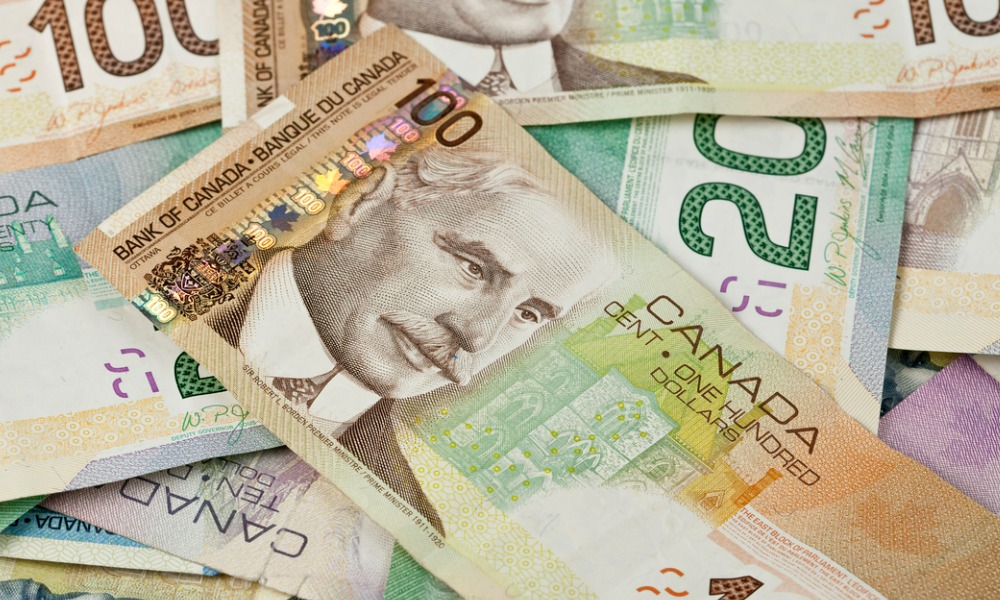

by Ruth Carson
Benchmark Treasury yields may soon hit a key level on the back of rising inflation expectations and concerns over US fiscal spending, according to T. Rowe Price.
“The 10‑year Treasury yield will test the 5% threshold in the next six months, steepening the yield curve,” according to Arif Husain, chief investment officer of fixed-income, who helps oversee about $180 billion of assets at the firm. The fastest path to 5% “would be in the scenario that features shallow Fed rate cuts,” he wrote in a note.
The call stands out against market expectations of lower yields, after the Federal Reserve cut rates for the first time in four years last month. It also underscores the increasing debate in the world’s biggest bond market, following strong economic data that has raised questions about the likely pace of cuts.
Yields on 10-year Treasuries most recently traded at 5% last October, hitting their highest level since 2007 as fears of a prolonged period of high interest rates gripped markets. Turbulent repricing could be on the cards if Husain’s prediction proves accurate, with strategists currently expecting yields to fall to an average 3.67% in the second quarter.
Ten-year Treasury yields held at 4.08% on Monday.
Husain, a near three-decade market veteran, said ongoing issuance by the Treasury to fund the government deficit is “flooding the market” with new supply. At the same time, the Federal Reserve’s policy of quantitative tightening — an attempt to reduce its balance sheet following years of bond-buying — has removed a key source of demand for government debt.
The yield curve is likely to steepen further because any rises in the yields of short-maturity Treasury bills will be limited by rate cuts, said Husain, who is also T. Rowe Price’s head of fixed income.
Deutsche Bank’s private banking arm said last month that 10-year Treasury yields would touch 4.05% by next September, a prediction that took only around a month to prove correct. Blackrock Investment Institute, meanwhile, issued a report last week telling investors to expect yields on longer-term US debt to swing in both directions as new economic data is released.
Cracks are already appearing in the US’s fiscal position, lending credence to Husain’s views. The country’s debt interest-cost burden climbed to its highest level since the 1990s in the financial year that ended in September, but neither former President Donald Trump nor Vice President Kamala Harris has touted reducing the deficit as a key element of their campaign. That has left US government debt a key risk for market participants.
The most likely scenario for the Federal Reserve is a period of small rate cuts, comparable to its reductions between 1995 and 1998, said Husain. In this scenario, China would inject more stimulus to help its own economy, boosting global growth and creating a clearer outlook for Fed officials.
There are also prospects of a normal easing cycle where the Fed cuts to nearer to the neutral rate, which Husain said is probably around 3%. He also considered a scenario in which the US went into recession, which would spur aggressive cuts.
“Investors sharing my view that a near‑term recession is unlikely should consider positioning for higher long‑term Treasury yields,” Husain wrote.
Copyright Bloomberg News

Relationships are key to our business but advisors are often slow to engage in specific activities designed to foster them.

Whichever path you go down, act now while you're still in control.

Pro-bitcoin professionals, however, say the cryptocurrency has ushered in change.

“LPL has evolved significantly over the last decade and still wants to scale up,” says one industry executive.

Survey findings from the Nationwide Retirement Institute offers pearls of planning wisdom from 60- to 65-year-olds, as well as insights into concerns.
Streamline your outreach with Aidentified's AI-driven solutions
This season’s market volatility: Positioning for rate relief, income growth and the AI rebound
